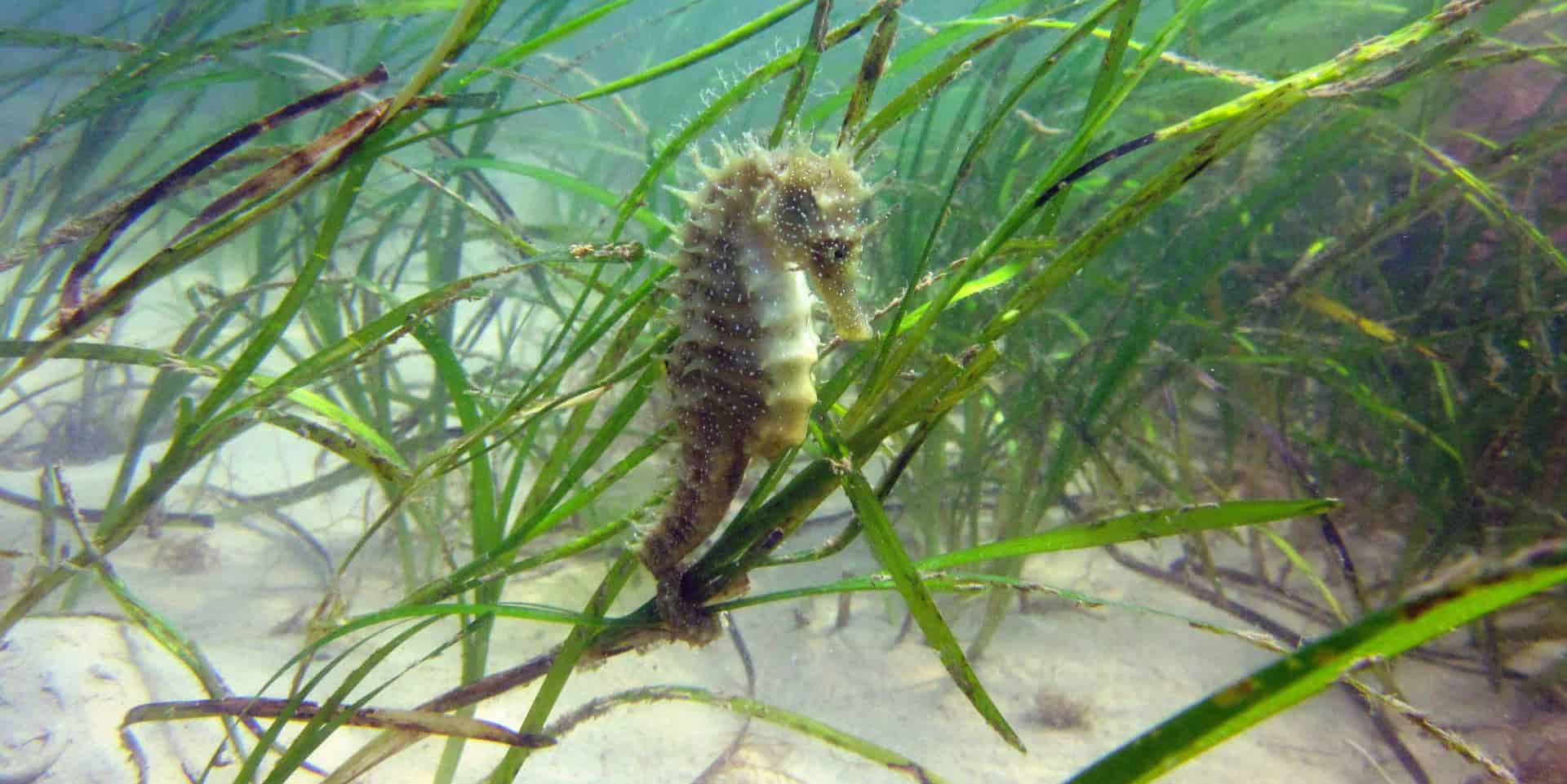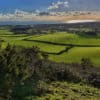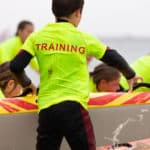An Isle of Wight survey which will help shape the future of the Island’s habitats and wildlife is due to close on Sunday.
The Island Nature Survey will influence the Isle of Wight council’s Local Nature Recovery Strategy (LNRS), a nature conservation plan that will be published by the end of this year.
Biodiversity priorities and habitat map
The strategy will set out biodiversity priorities, including a description of the Island’s biodiversity, recovery opportunities and priorities, as well as possible actions that can be taken to realise them.
It will also include a habitat map which will identify national conservation sites, nature reserves and other areas which currently have or might acquire special significance for biodiversity.
The map will additionally pinpoint areas where biodiversity improvement or recovery could help lead to other environmental benefits.
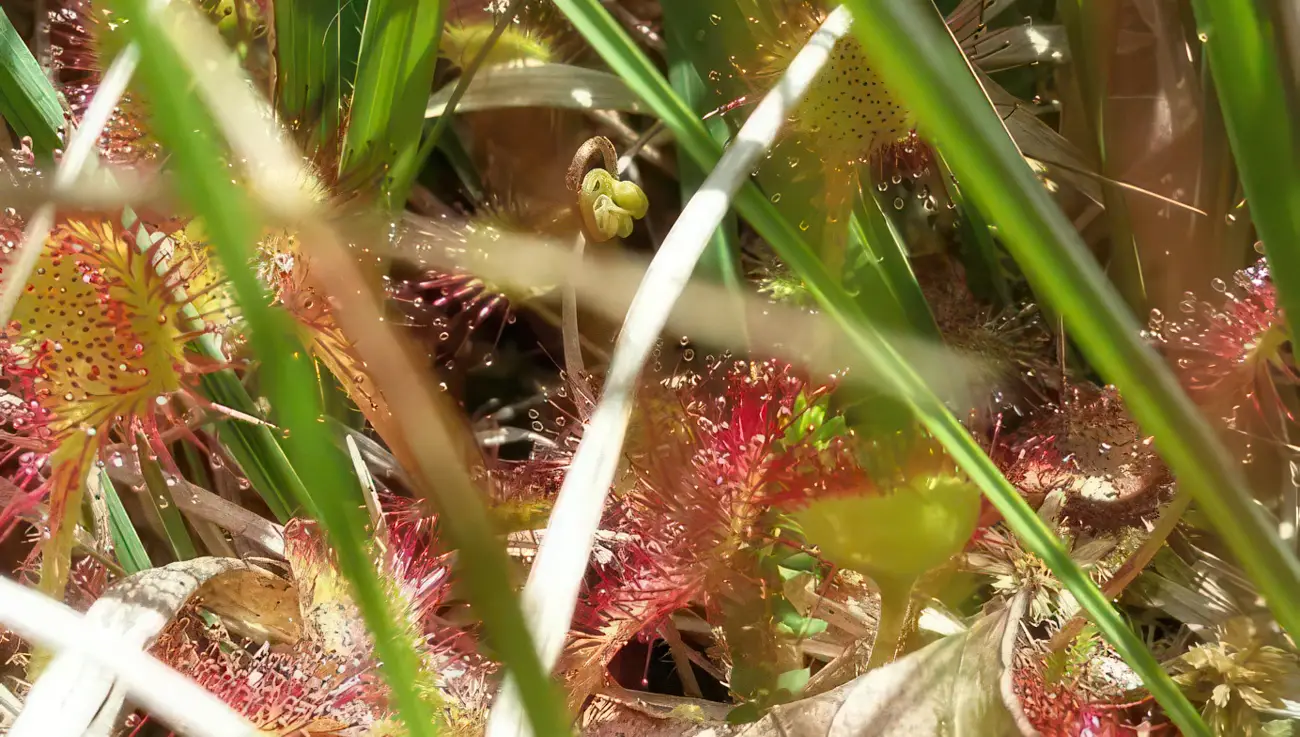
Survey questions
Survey questions on the Island Nature website include the extent of and sources of personal concerns about the condition of nature, if and why nature is under pressure and possible conservation priorities.
The Isle of Wight Council was given authority by Defra to prepare the LNRS for the Island in late June 2023. The creation and delivery of the LNRS is a part of the statutory requirement of the Environment Act 2021.
Arc Biodiversity and Climate
The council has asked ecology specialists Arc Biodiversity and Climate to help draft the LNRS.
As well as outlining biodiversity recovery actions and targeting them in areas where they are most required and lead to optimal environmental outcomes, the LNRS is part of a nationwide endeavour to restore biodiversity.
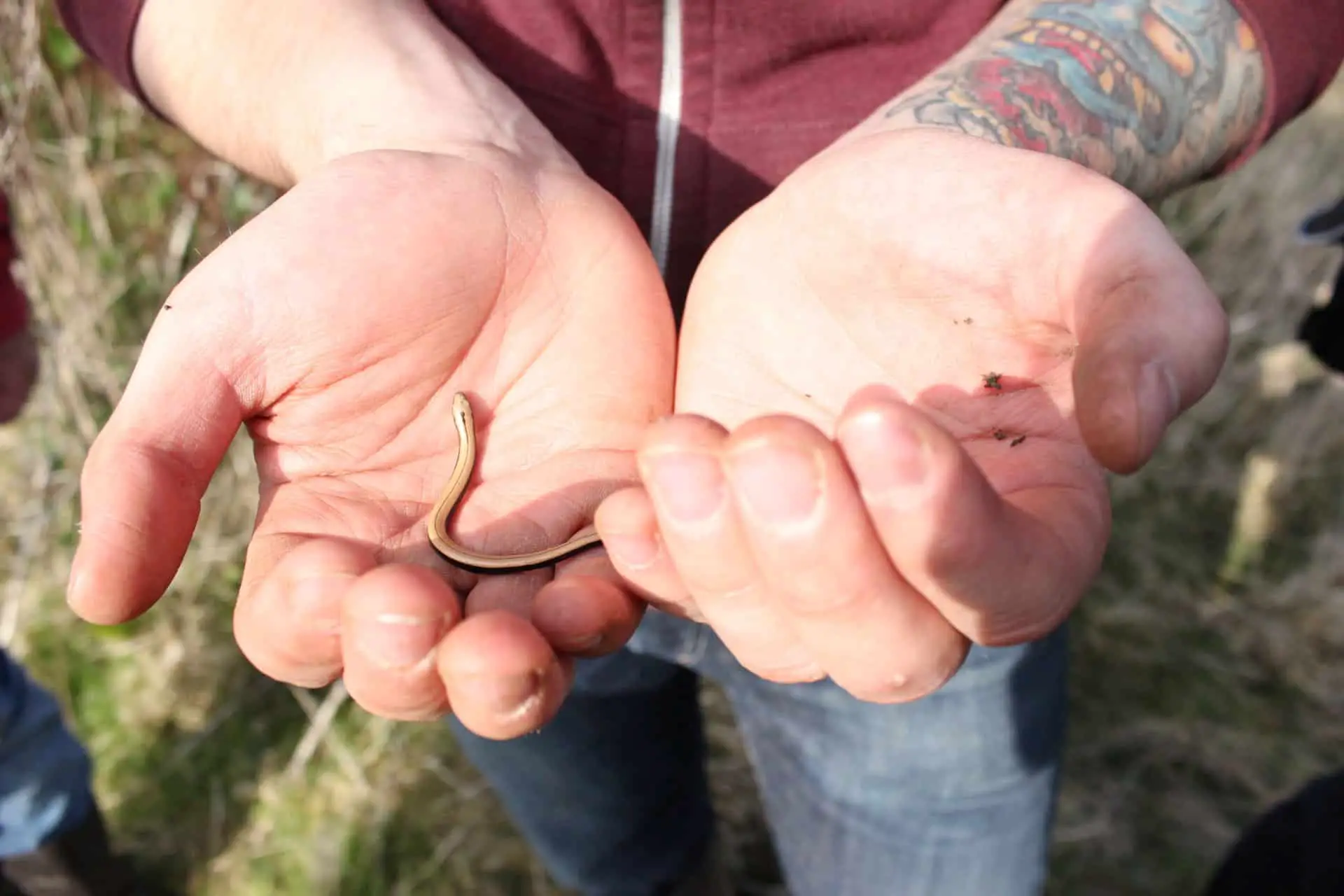
Stats
The Isle of Wight has 5,000 hectares of semi-natural habitats with 47 per cent of its land surface under legal and policy protection for wildlife.
This protection similarly extends to 95 per cent of the Island’s coastline.
The whole of the Isle of Wight has the status of UNESCO World Biosphere Reserve while half of it is classed as a National Landscape.
The most recent worldwide biodiversity data shows the UK is ranked 12 places from the bottom out of 240 nations, with England an even worse seven places from the bottom, according to Island Nature.
Over the last 25 years, the UK has experienced a considerable loss of biodiversity and habitats.
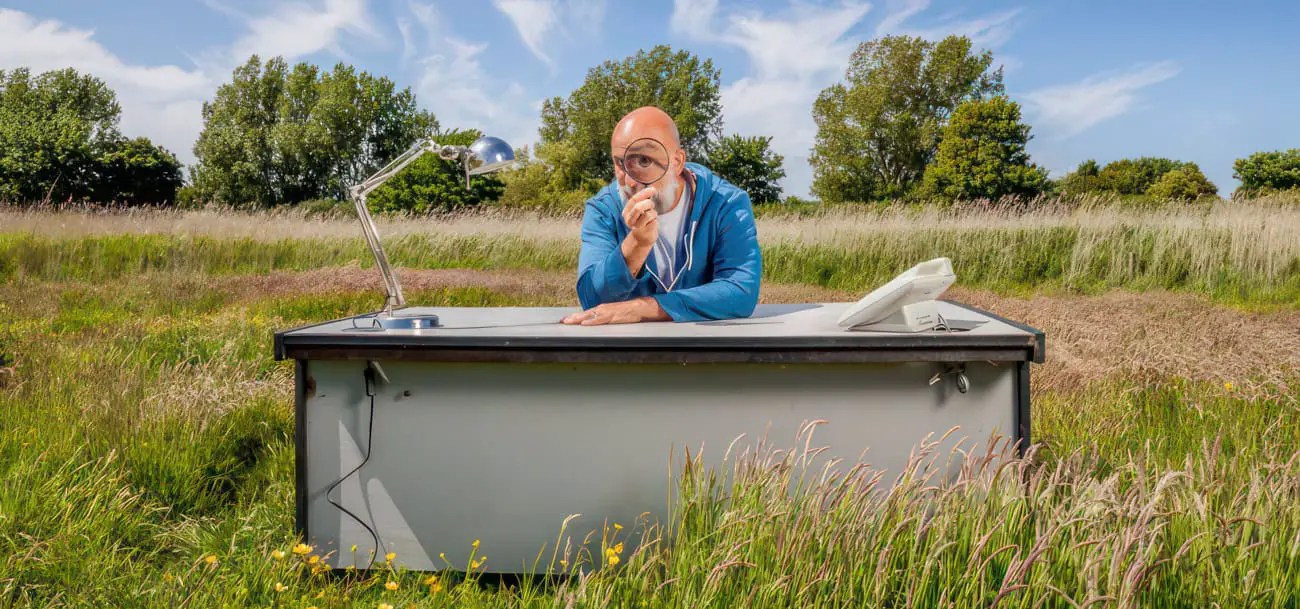
Boyd: The Island has lost at least 20 species to local extinction
Ian Boyd, director at Arc Biodiversity and Climate, said,
“Since 2000, the Island has lost at least 20 species to local extinction and there are still more in steep decline.
“Similarly, the Island’s habitats face a whole host of challenges; so the urgency for a new holistic approach to Island-wide work for wildlife is real and compelling.
“By bringing together the widest possible constituency of stakeholders and interests in support of nature recovery, with a holistic and disciplined approach, the LNRS can achieve just that!
“Don’t forget, you can get involved in shaping the LNRS by taking the public questionnaire on the Island Nature website until Sunday 1st September 2024 – you can even map those places and spaces that matter most to you – it’s quick and easy!”
The survey can be found on the website.
This article is from the BBC’s LDRS (Local Democracy Reporter Service) scheme, which News OnTheWight is taking part in. Some alterations and additions may have been made by OnTheWight. Ed

